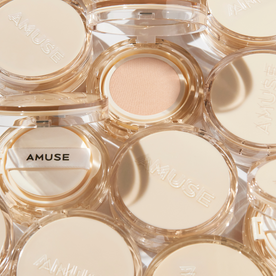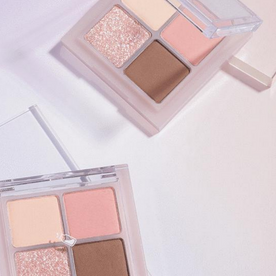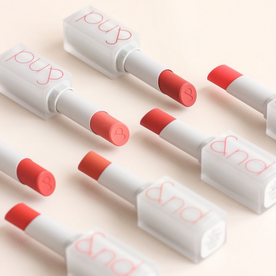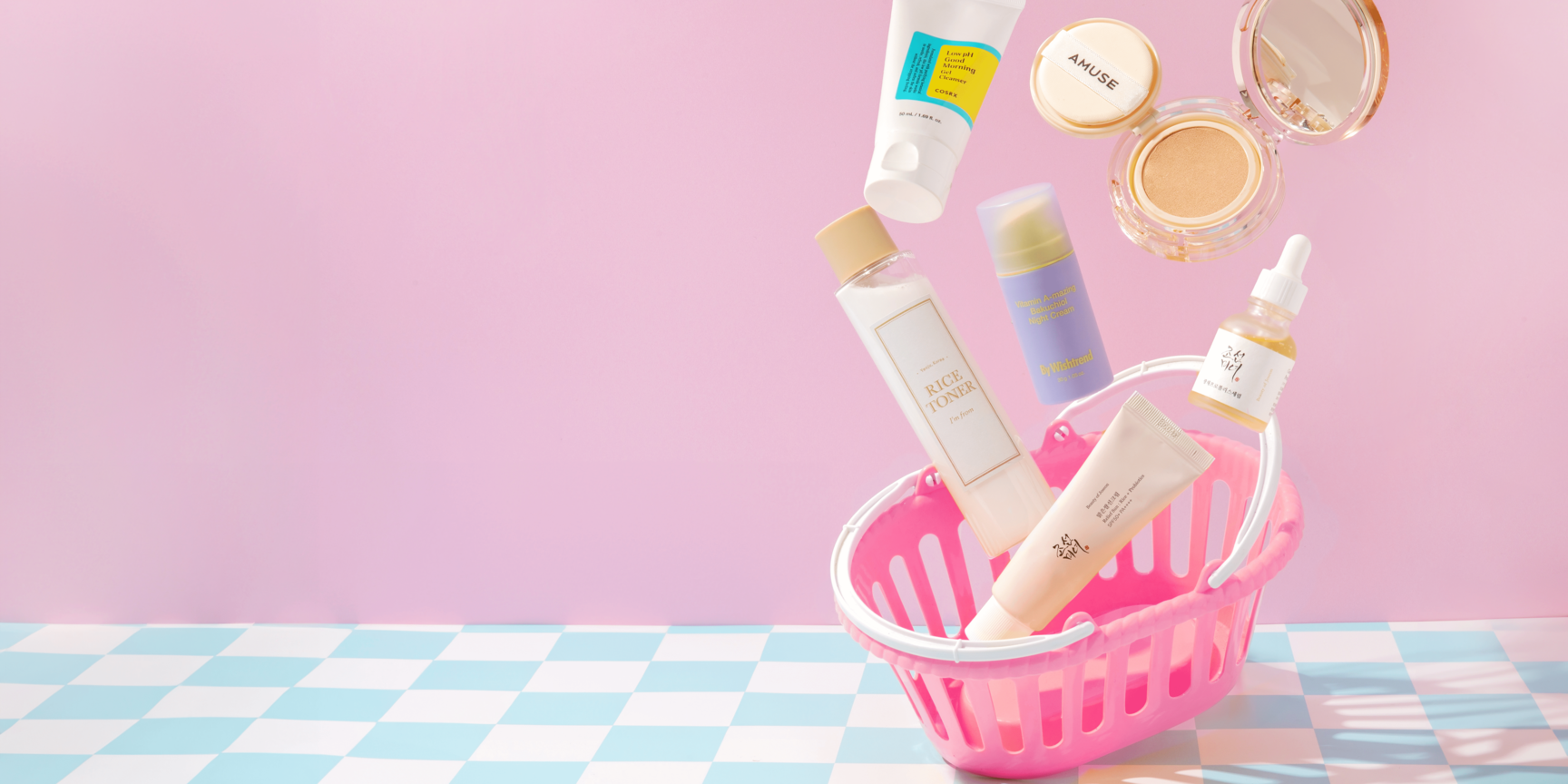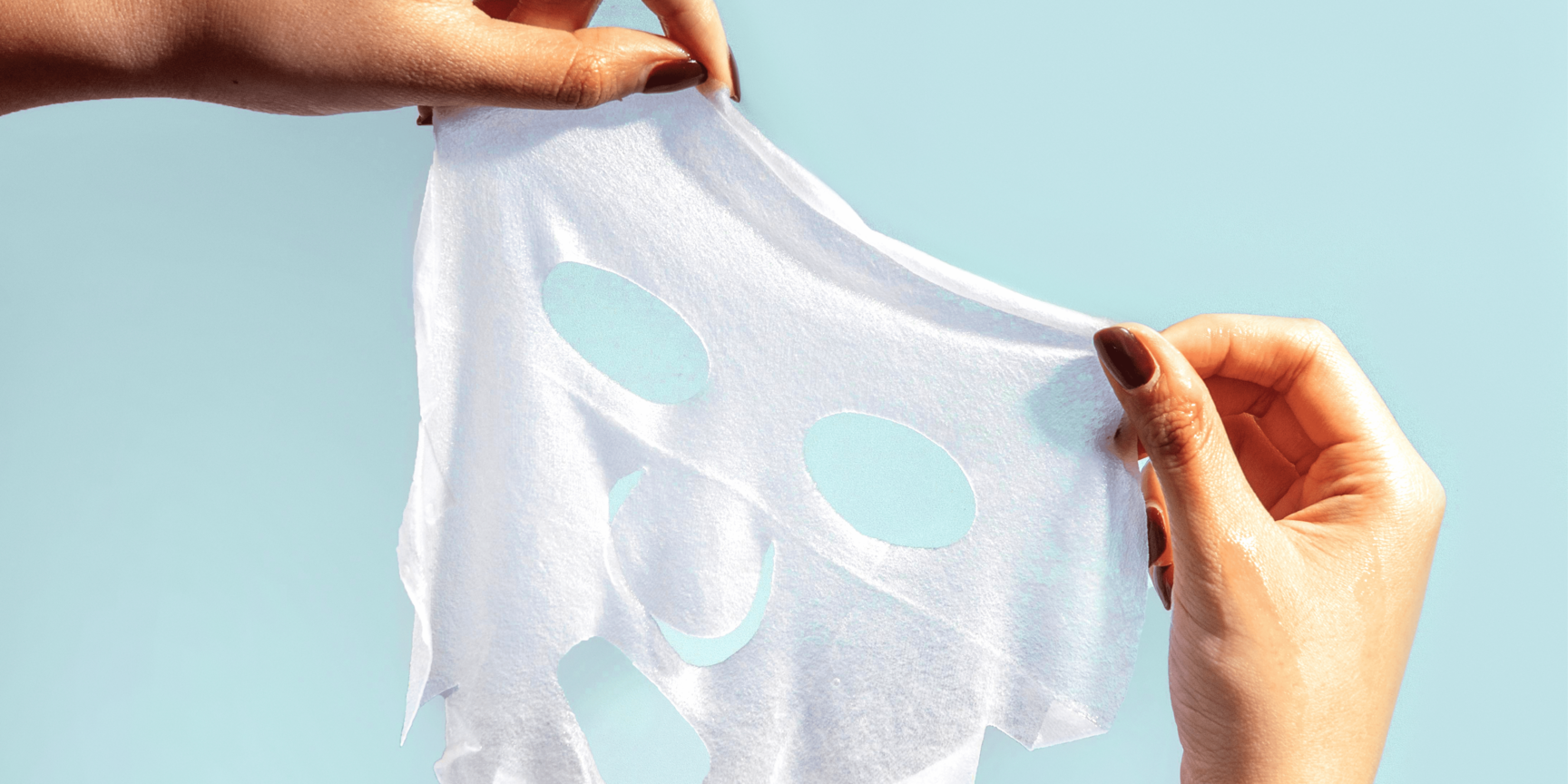How To Choose a Sunscreen
The one skincare product you should never go without isn’t a miracle serum or expensive essence. It's a humble, everyday sunscreen. Wearing sunscreen daily is the single best thing you can do for your skin. Not only does it protect you from skin cancer, but it prevents damaging UV rays that cause everything from wrinkles, decreased collagen production, and hyperpigmentation..
With that said, it’s worth taking a little time to consider such an important product. Let’s look at how to choose a sunscreen for your skin type and preferences.
Filters
Filters are the ingredients in sunscreens that protect from harmful UV rays. There are two types of sunscreen filters: chemical and physical.
Chemical filters absorb UV radiation and release it as heat. There are many kinds of chemical filters - some of the more traditional sunscreens use oxybenzone and avobenzone, though European and Korean sunscreens may use filters like tinosorb and mexoryl.
Pros:
- Thinner, easier to spread
- Less likely to get a white cast
- Get absorbed, don’t wash off as easily
Cons:
- May be irritating if you have sensitive skin or rosacea
- Need to apply 15-20 minutes in advance
Physical filters sit on top of the skin, blocking UV rays before they reach your skin. You’ll usually see them listed as titanium dioxide and zinc oxide (therefore physical sunscreens are often called mineral sunscreens).
Pros:
- Less irritating if your skin is sensitive
- Start working right away
Cons:
- Thicker consistency
- Can leave a white cast
- May block pores if you have acne-prone skin
If you aren’t sure, it’s becoming popular for sunscreens to use a combination of chemical and physical filters, to give you the best of both worlds.
SPF/PA ratings
SPF: UVB protection, shown in numbers
SPF stands for “sun protection factor”. It protects against the type of radiation that causes burning, and experts suggest you wear at least an SPF 30 sunscreen every day. However, SPF doesn’t protect against UVA rays, and sunscreens labeled “broad spectrum” aren’t obligated to show how much UVA protection they offer.
PA rating: UVA protection, shown in “+” signs
PA ratings show the amount of UVA protection you get, ranging from one to four “+” signs (four is the highest). UVA rays get deep into skin and are associated with signs of aging. Korean sunscreens will show both an SPF and PA rating.
Skin types/concerns
Gone are the days when there was only one type of sunscreen available. There are now formulations that suit every skin type and concern.
Dry/flakey skin
A sunscreen with hydrating aloe or hyaluronic acid is perfect if your skin is dry and flakey. A chemical or hybrid sunscreen will provide you with more moisture, and is less likely to feel chalky.
Normal skin
Your choice! You’re one of the lucky people who can choose whichever kind of sunscreen you like. Both physical and chemical sunscreens work, so choose a formula you’re comfortable wearing all day long.
Combination skin
Choose an oil-free sunscreen with a lightweight moisturizer, like hyaluronic acid. Fluid or gel formulas sit lightly on the skin and won’t clog pores.
Oily skin
A mattifying, sebum-regulating formula with niacinamide will keep your skin from getting shiny. If your skin tends to get slick, use a cooling gel sunscreen that won’t add heaviness.
Acne-prone/sensitive/rosacea
If your skin is reactive, you may want to opt for a physical sunscreen and avoid potential irritants, like fragrances. Lotion-style sunscreens are easier to spread, reducing the amount of rubbing needed.
Looking for the perfect sunscreen? Visit our sun protection collection and use the filters to find sunscreens for your skin type and concerns. If you don’t see a product that matches your needs, contact us and we’ll help you find it!
Texture
Korean sunscreens are known for their lightweight, smooth formulas. There are many textures to choose from, depending on your preference.
Fluid: A liquidy, thin textured product that is almost watery feeling.
Gel: Cooling and slippery, a great choice if you want to avoid heavy feeling products.
Milk: Usually very spreadable and smooth. How thick it is depends on the brand, but they tend to be lightweight.
Cream: Feels just like a moisturizer. It absorbs well and may have a slightly dewy finish without being oily.
Lotion: Usually a little runnier than a cream, but not watery.
Serum: Light and hydrating, with the ingredients you would expect in a serum, like ginseng, centella or hyaluronic acid.
“Waterproof” sunscreen and application
Anytime you’re in a situation where your sunscreen may have washed or been wiped off (sweating or swimming), you’ll need to reapply, even if the sunscreen is labeled, “waterproof”.
Sunscreen generally needs to be reapplied every 2 hours or so. You’ll want to use about a shot glass worth of product to cover your whole body. Some experts suggest you do two thinner layers on your face, just to make sure you cover every area. And sorry, using makeup with SPF isn’t going to cut it - you just don’t get enough coverage.
If you only have time to put one thing on your face in the morning, make it sunscreen. If you take the time to find a product you like, it will become a habit you don’t need to think twice about! Spent a day in the sun? Learn about after sun skincare, and what to do if you get sunburned.






































